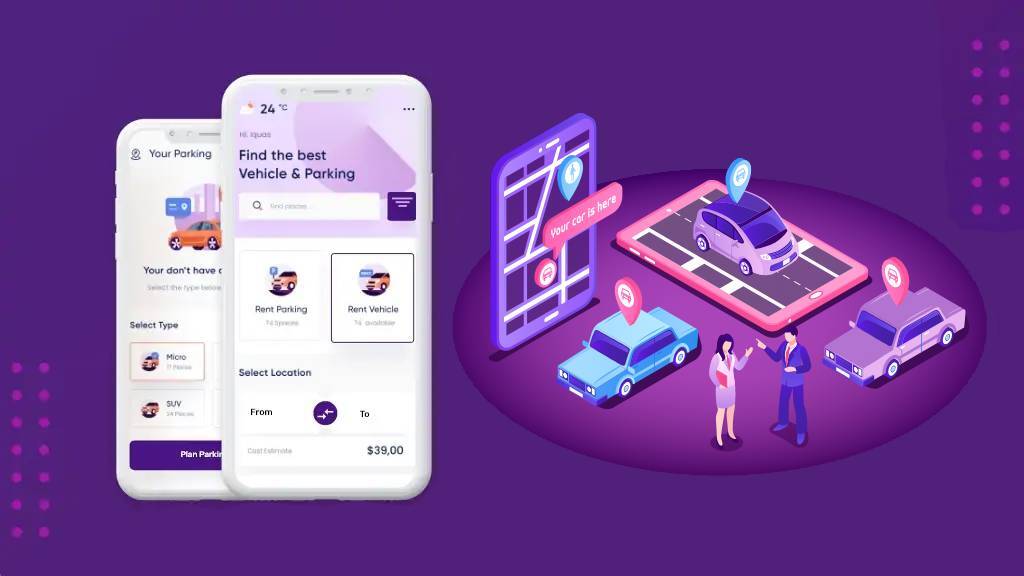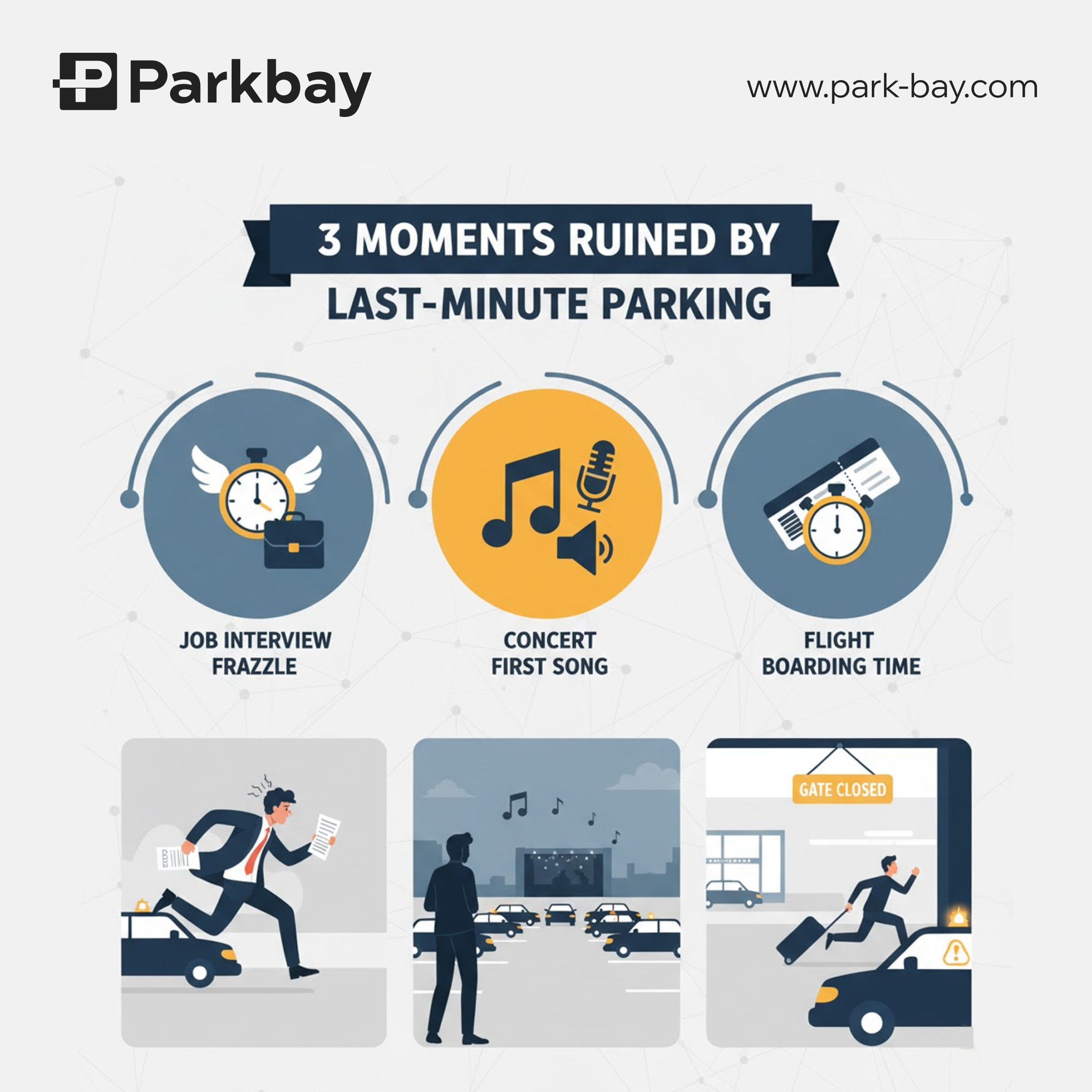As urban populations continue to rise and cities become more congested, efficient mobility solutions have become a top priority for both municipal authorities and private operators. Among these solutions, real-time data is emerging as a game-changer in one of the most overlooked yet critical aspects of urban mobility: parking.
Traditional parking systems have long been plagued with inefficiencies—ranging from limited space visibility and manual enforcement to revenue leakage and poor user experiences. Real-time data transforms these challenges into opportunities, offering a powerful foundation for smarter, more sustainable urban infrastructure.
The Problem with Traditional Parking Systems
In most cities, parking is still managed through outdated systems: manual ticketing, cash payments, physical patrolling, and a lack of centralized visibility. These practices contribute to:
-
Traffic congestion caused by drivers circling in search of parking
-
Wasted fuel and increased carbon emissions
-
Underutilization of available parking spots
-
Ineffective enforcement and revenue loss
According to studies, up to 30% of inner-city traffic is generated by drivers looking for parking. This inefficiency doesn’t just affect motorists—it has broader implications for traffic flow, environmental impact, and city planning.
Real-Time Data: The Backbone of Smart Parking
Real-time data refers to continuously updated information collected through sensors, cameras, mobile apps, and cloud platforms. In the context of parking, it can provide:
-
Live availability of parking spaces
-
Occupancy patterns across different times and days
-
Payment and transaction tracking
-
Predictive analytics for future demand
By using real-time data, parking systems can become proactive rather than reactive. Instead of simply recording that a space is occupied, the system can predict when it will likely become available, offering a smoother and more efficient experience for both users and operators.
Benefits of Real-Time Parking Data
1. Improved Driver Experience
The most immediate impact of real-time data is seen in how it benefits everyday drivers. Through mobile applications or in-vehicle systems, users can access live parking availability and navigate directly to open spots, cutting down on search time and fuel usage. This results in reduced frustration, shorter travel times, and a more seamless experience.
2. Optimized Space Utilization
Parking spaces are valuable assets, especially in high-density urban areas. Real-time data helps ensure these assets are used to their maximum potential. By continuously monitoring occupancy, operators can dynamically allocate space, identify low-usage areas, and adjust policies to improve efficiency.
For example, commercial buildings can release underutilized spaces to public access during off-peak hours. Similarly, city governments can create tiered pricing models based on demand patterns, encouraging rotation and availability.
3. Revenue Growth and Transparency
Manual systems often result in revenue leakage due to errors, fraud, or inefficient enforcement. With real-time tracking and digital payment integration, every transaction is recorded, verified, and optimized. This ensures transparency and provides operators with detailed financial insights to inform business strategies.
Dynamic pricing, enabled by real-time data, can further enhance revenue. By adjusting prices based on demand, cities and private operators can ensure high turnover rates and better space availability.
4. Data-Driven Urban Planning
Municipalities can leverage real-time parking data to inform broader urban planning initiatives. By analyzing patterns of use, traffic congestion, and peak demand, planners can identify areas that need infrastructure improvements, new parking developments, or better public transportation access.
In addition, real-time insights help with regulatory planning, allowing cities to adjust zoning laws, plan for future growth, and align policies with sustainability goals.
5. Reduced Environmental Impact
Parking-related traffic not only wastes time but also contributes significantly to air pollution. Vehicles idling while searching for parking emit unnecessary greenhouse gases. By directing drivers to available spots quickly, real-time data systems help reduce carbon emissions and promote eco-friendly urban environments.
Some smart parking solutions also integrate with electric vehicle (EV) charging infrastructure, allowing drivers to locate available charging spots in real time—further supporting the transition to sustainable mobility.
Real-World Applications
Cities around the world are beginning to adopt smart parking systems that harness the power of real-time data. From Los Angeles to Singapore, urban centers are rolling out sensor-based monitoring, mobile app integration, and AI-powered traffic flow management.
These implementations have shown measurable improvements in space utilization, user satisfaction, and revenue optimization. Businesses with private lots are also beginning to adopt real-time systems to better manage their assets, improve security, and offer a premium customer experience.
Looking Ahead
The evolution of parking management is no longer just about convenience—it’s a critical component of modern urban infrastructure. Real-time data serves as the foundation for intelligent systems that align with broader goals such as traffic decongestion, environmental sustainability, and digital transformation.
As cities continue to evolve, the integration of real-time data into parking solutions is not just a value-add—it’s a necessity. For operators, municipalities, and commuters alike, embracing this technology means better decisions, smoother operations, and smarter cities.








Leave a reply